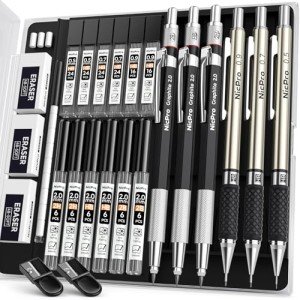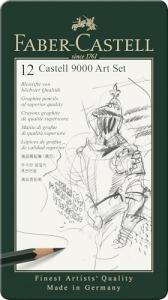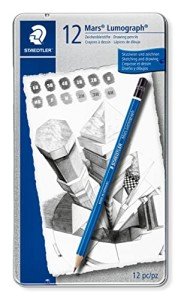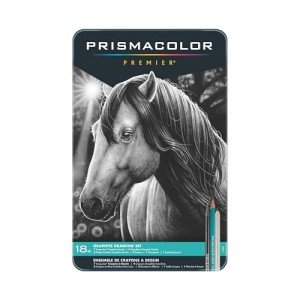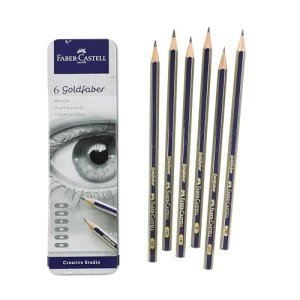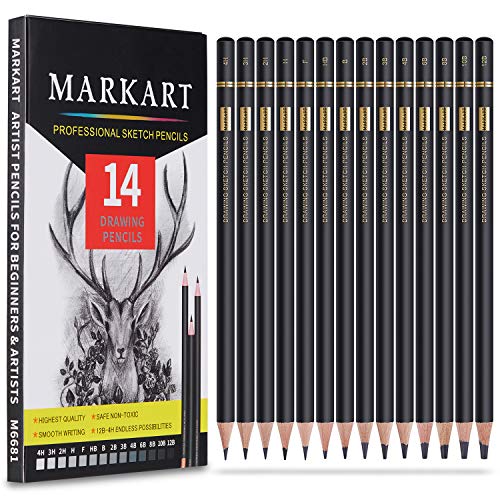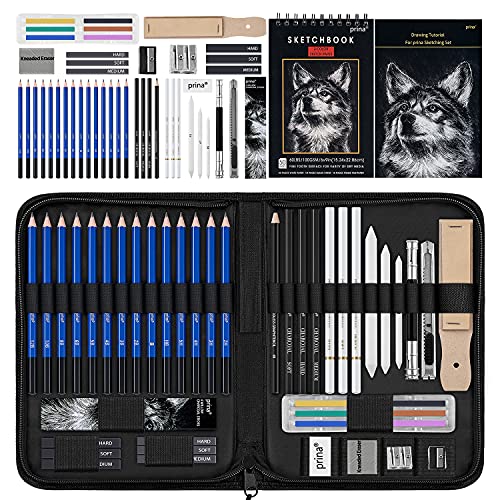Graphite pencils, a timeless tool cherished by artists of all levels, have been a reliable companion on the creative journey for centuries. These unassuming sticks of pure graphite encased in wood possess a magical ability to bring imaginations to life on paper. In this article, we'll explore the fascinating world of graphite pencils for art, from their history and composition to their varied uses and techniques.
The Origin of Graphite Pencils
The history of graphite pencils dates back to the 16th century when a significant graphite deposit was discovered in Borrowdale, England. Early users of graphite used it as a marking tool by wrapping it in string or sheepskin. It wasn't until the late 18th century that graphite was encased in wood, giving birth to the modern pencil as we know it today.
Graphite Pencil Composition
Graphite pencils are composed of two primary components: graphite and wood. The "lead" inside a pencil is not actually made of lead but rather a mixture of finely ground graphite and clay. The proportions of these components determine the hardness or softness of the pencil, with more clay resulting in harder pencils and less clay creating softer ones.
Graphite pencils are classified by a scale ranging from 9H (the hardest) to 9B (the softest). The 'H' pencils are ideal for fine lines and detailed work, while 'B' pencils are excellent for shading and creating darker tones. Artists often use a combination of pencils to achieve a wide range of tones and effects in their artwork.
Versatile and Accessible
One of the remarkable aspects of graphite pencils is their versatility and accessibility. Whether you're a seasoned professional or a beginner taking your first steps in the world of art, graphite pencils are the perfect medium for exploration. They're affordable, readily available, and require minimal setup, making them an excellent choice for artists of all levels.
Shading and Textures
Graphite pencils excel in rendering subtle shading and intricate textures. Artists can create a full spectrum of tones by varying pressure, layering strokes, and blending. The transition from light to dark is smooth and gradual, allowing for the gradual buildup of depth and dimension in artwork. Crosshatching, stippling, and hatching are just a few of the many techniques artists use to achieve different textures and effects with graphite pencils.
Portraiture and Realism
Graphite pencils are a favored choice for portrait artists aiming to capture the subtle nuances of human features. The ability to control tone and detail with precision makes graphite pencils invaluable for realistic renderings. Artists can portray intricate facial expressions, textures of skin and hair, and even the play of light and shadow with remarkable accuracy.
Sketching and Conceptual Art
The quick and expressive nature of graphite pencils also makes them perfect for sketching and conceptual art. Artists can rapidly sketch ideas, capture fleeting moments, and jot down spontaneous thoughts with ease. The tactile experience of pencil on paper provides a direct connection between the artist's hand and their imagination.
Graphite pencils are a timeless medium that continue to inspire artists around the world. Their rich history, composition, versatility, and accessibility make them an essential tool in the artist's arsenal. Whether you're sketching a spontaneous idea or meticulously crafting a detailed masterpiece, graphite pencils empower artists to translate their vision onto paper with precision and beauty. So, the next time you pick up a graphite pencil, remember the centuries of creativity it represents and the boundless possibilities it offers to express your artistic vision.
